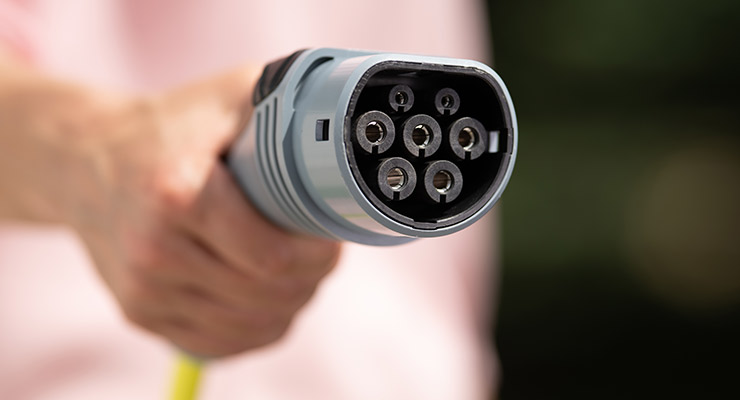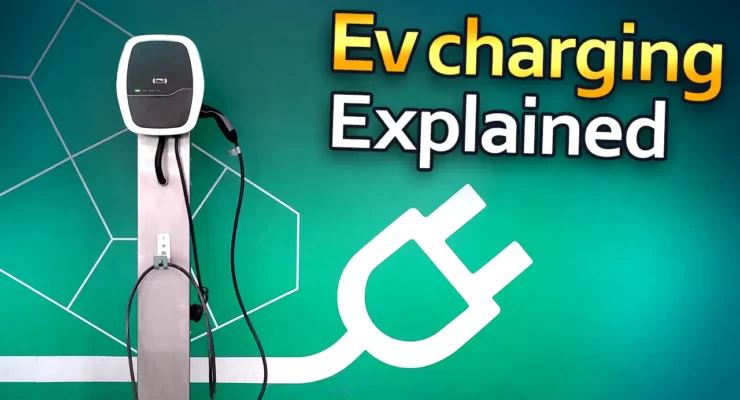Fast read
EV charging reveals its growing importance in reducing carbon emissions and fossil fuel dependency. As EV popularity rises globally, many still question owning and charging them. This comprehensive guide clarifies charging, emphasising plug compatibility, navigating public stations, and payment options.
Charging involves using a plug to draw electricity, with various plug types necessitating equipment compatibility. Public charging stations, strategically located in public areas, offer different charging speeds and payment methods. Understanding these stations' accessibility and speeds aids effective charging planning.
As EVs transition towards sustainable transportation, they promise significant reductions in greenhouse gas emissions. Embracing EV technology and sustainable practices can pave the way for a cleaner, greener future.
How does electric vehicle charging work?
As people care more about the environment, electric vehicles (EVs) are becoming a good way to reduce carbon emissions and reliance on fossil fuels. EVs are easier to get now thanks to better technology and EV charging infrastructure worldwide. But even with their rising popularity, many people still have questions about how to own an EV, especially regarding charging. In this detailed guide, we’ll discuss how charging works, covering all the important details and clearing up any confusion.
The Fundamentals of EV Charging:
Charging an EV is a straightforward process that resembles charging any other electrical appliance. At its core, EV charging involves using a plug to draw electrical current from the grid or a standard 240-volt outlet. The vehicle’s battery then converts and stores this electrical current for later use.
Understanding Plug Types and Compatibility:
A crucial part of EV charging is plug compatibility. Various EV models may use different plug types, so owners need to make sure they have the right equipment for charging. The J1772 plug is standard for many EVs and works with many charging stations. But Tesla vehicles have their own connector, so you’ll need Tesla model-specific charging gear or adapters to use non-Tesla charging stations.

Navigating Public Charging Stations:
For EV owners, public charging stations are handy for charging while on the move. These stations are placed in different public areas like shops, parking lots, and highways, enabling EV drivers to charge their vehicles while they’re out. When using public charging stations, EV owners should consider how easy it is to access them, how fast they charge, and the available payment choices.
- Accessibility: Public charging stations vary in accessibility, with some offering 24/7 access and others operating within specific hours. EV drivers should familiarise themselves with nearby charging stations’ locations and operating hours to plan their charging stops effectively.
- Charging Speed: Public charging stations are categorised into three levels based on their charging speed:
- Level 1 Chargers: These chargers offer the slowest charging speed and people typically use them for overnight charging at home or when time is not a constraint.
- Level 2 Chargers: Level 2 chargers are the most common type of public charging station, offering charging times approximately eight times faster than Level 1 charging. They are ideal for charging during short stops or while running errands
- Level 3 (DC Fast Charging) Chargers: Designed for rapid charging, Level 3 chargers are best suited for long road trips and highway charging. These chargers are faster than Level 1 and Level 2 chargers. EV drivers can recharge their vehicle’s battery quickly. This allows them to get back on the road faster.
- Payment Options: Public charging stations might have different ways to pay, like free charging, using a credit card, or using access devices such as RFID cards or smartphone apps. EV owners should learn about the payment methods accepted at each charging station to make charging hassle-free.
Simplifying EV Charging:
Charging an electric car is easy and gives owners flexibility and convenience. Knowing which plugs to use, finding charging spots in public places, and considering factors like how fast they charge can help EV owners get the most out of their vehicles.
As the world moves towards cleaner transportation options, EVs are becoming more important in reducing pollution and fighting climate change. By using EVs and making eco-friendly choices, people can help make the world cleaner and greener for future generations.
Charging your EV is becoming easier with more options available, like home chargers and public charging stations. Apps and websites can help you find charging spots nearby when you’re out and about.
Plus, as more people choose EVs, there are more charging stations being built to keep up with the demand. This makes it even easier for EV owners to charge up their cars when they need to.
Using an EV is not just convenient, it’s also good for the environment. By using electricity instead of gas, EVs help reduce pollution and fight climate change.
By using electric vehicles and making eco-friendly choices, people can help create a cleaner, healthier planet for all.
